
From evocative miniatures to pensive, multi-movement works, IN THE COMPANY OF MUSIC showcases the breadth of compositional styles in which the flute can shine, exploring traditional expressions, the avant garde, and everywhere in between. These pieces are remarkably diverse, and so are the inspirations behind them — from major events in human history to pure musical curiosity and more.
PARMA Senior Content Writer Shane Jozitis recently connected with the composers of IN THE COMPANY OF MUSIC to learn more about the inspirations, processes, and realizations behind their works. Read on to learn more about composers Richard E Brown (RB), Christopher Jessup (CJ), Mark G. Simon (MS), Deon Nielsen Price (DP), Heidi Jacob (HJ), and Allen Brings (AB), and their works on the program, to be performed live at Carnegie Hall on January 24, 2025.
When writing music for flute (with or without piano accompaniment), are there any previously written works that inform your compositional process and output?
RB: While my main goal was to interpret classical forms in a contemporary idiom and in my own voice, I borrowed part of the title from a much earlier 20th Century composition for flute: Kent Kennan’s famous Night Soliloquy. My piece is not consciously modeled on it, but I did study that work and my writing for the solo flute was certainly somewhat influenced by it.
How does this composition fit into your broader body of work? Did writing for this instrumentation expand upon current inclinations in your writing, or inspire new avenues of artistic expression?
CJ: Writing the third movement of Phases, “Dampening,” sparked an interest within me to deeper explore writing for solo flute in the future. The experience of focusing solely on the flute without the distraction of other instruments gave me the opportunity to fully realize the infinite creative possibilities this remarkable instrument is capable of executing. Had I not chosen to include a solo flute movement in this set of miniatures, I likely would not have had the chance to truly see how the flute can shine on its own and dazzle the listener’s ear.
MS: Much of my music draws upon the sound world and stylistic conventions of popular music, but expands upon that with my knowledge of musical structure and thematic development gained through my training in classical music. I feel that the material of contemporary art music ought to be grounded in the material of contemporary popular music. In my view, it is the composer’s job to take the sounds which his or her contemporaries choose to represent their era, and turn it into art. If nothing else, the popular music I grew up with is part of my own sound world, and I cannot excise it from my writing and remain true to myself.
How did the unique characteristics of the flute influence your compositional choices? Were there specific techniques or sounds you wanted to explore?
DP: Melodic flute sounds on a variety of flutes — piccolo, C flute, and alto flute — help paint the character of each folk song. Exploration of possible extended techniques on the C flute represent the hissing of missiles, flying shrapnel, and explosions. Since I am not a flute player, I loosely notated and indicated what the sound should represent and left it up to the player to experiment with their own instrument. With the players’ assistance I was then able then to notate the score more precisely. It has been fascinating to observe that different players try different techniques to create unique sounds on their instruments. My observation, over the years, that each performer has a different musical interpretation of the same work, gives me a sense of satisfaction that my musical creations seem to evoke a deep level of individual meaning.
HJ: The challenge I presented for myself with this work was to take these traditional forms and work them into an approach I have been using for many years: juxtaposing two contrary compositional impulses from the 20th and 21st century; techniques from minimalism and, broadly speaking, serialism. I wanted to exploit two aspects of the instrument: its virtuosity — seen in the Rondino, and its lyricism, explored in the Preludio and Intermezzo. In the Scherzo I explore a good-humored, teasing interaction of the dynamics both within and between the two instruments.
The works on IN THE COMPANY OF MUSIC are remarkably diverse, and so are the inspirations behind them — from major events in human history to pure musical curiosity and more. Where does your piece fall on the spectrum, and what do you hope to convey to listeners?
AB: Cadenza 2 for flute is one of five four-minute compositions written in 2018 for four different woodwind instruments and one brass instrument. As short as they evidently are, they are no less expressive than those works already found in my output employing greater instrumentation. In none of these examples did I ever intend to either subtract or add musical material in order to increase what I intended to convey to listeners. To listeners who are already acquainted with my compositions they may be aware again of how I use compositional devices such as dynamics, articulation, occasional alteration of tempo and even momentary silence to increase artistic expression.
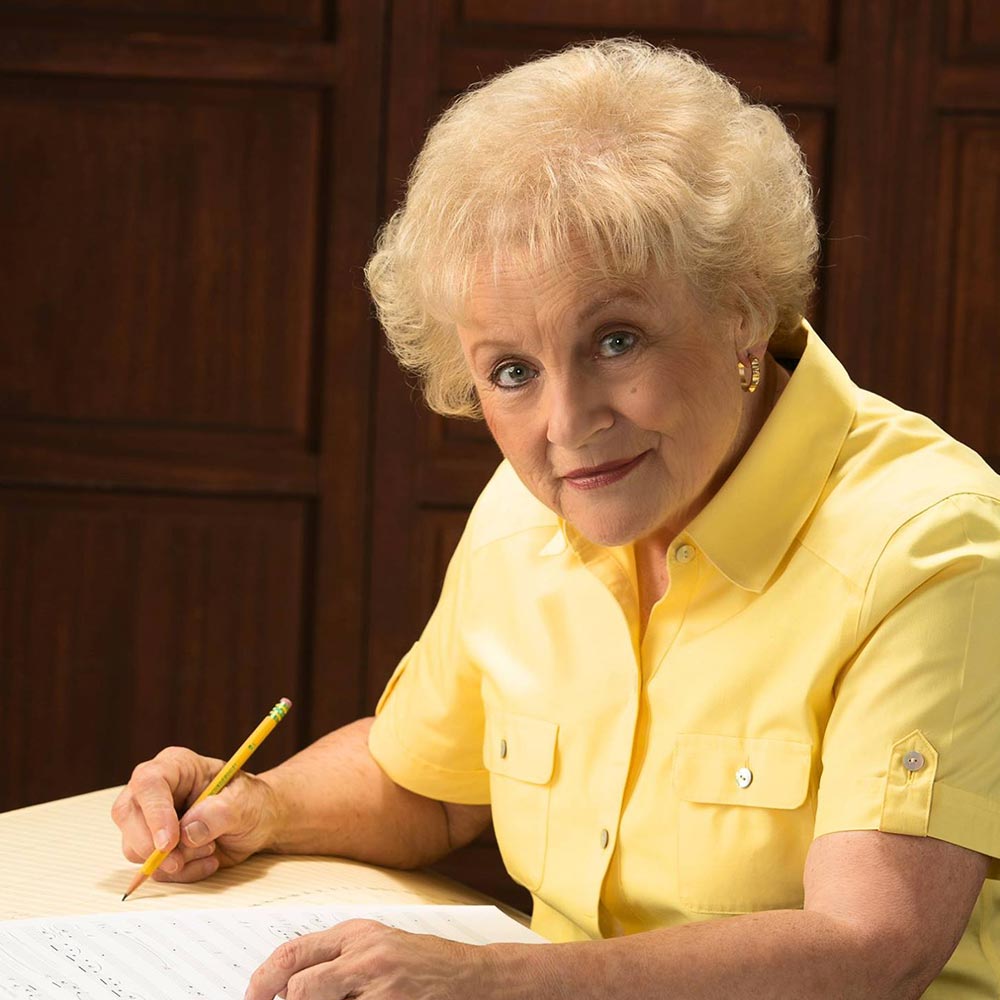
The deep humanitarian concerns that permeate much of Dr. Deon Nielsen Price’s music is represented in her duo War Ends-Song Endures, a tribute to the valiant spirit of Ukrainians, premiered in 2023 at the Mu Phi Epsilon International Convention in Texas by flutist Rik Noyce and commissioning pianist Mary Au. Named the "Tom Brady of Composers" (New York Times 12/24/2022), Price feels honored to represent octogenarian composers who are still professionally active. She was a Winner of The 2023 American Prize in orchestra for her Chamber Symphony as well as a finalist for The 2023 American Prize in vocal chamber music for her song cycle Ludwig’s Letter to Eternal Beloved, and, in opera/theater, for her chamber opera, Ammon and the King, Immigrant Speaks Truth to Power. Her Oratorio CHRISTUS was premiered and recorded in the Salt Lake Tabernacle in June 2023.
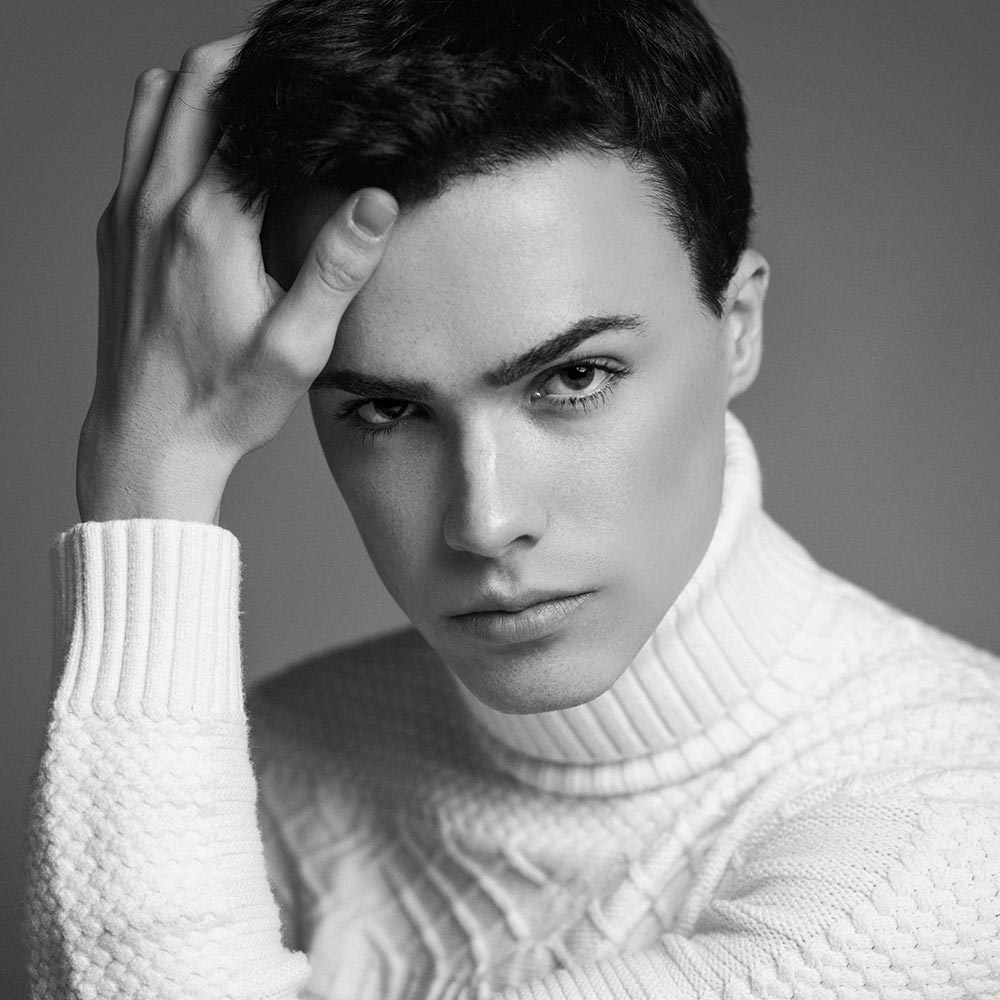
Multi award-winning composer and pianist Christopher Jessup is an artist of formidable prowess. Jessup has garnered acclaim for his “imaginative handling of atmosphere” [Fanfare] and his “high standard of technique” [New York Concert Review], cementing himself as one of the foremost composer-performers of his generation.
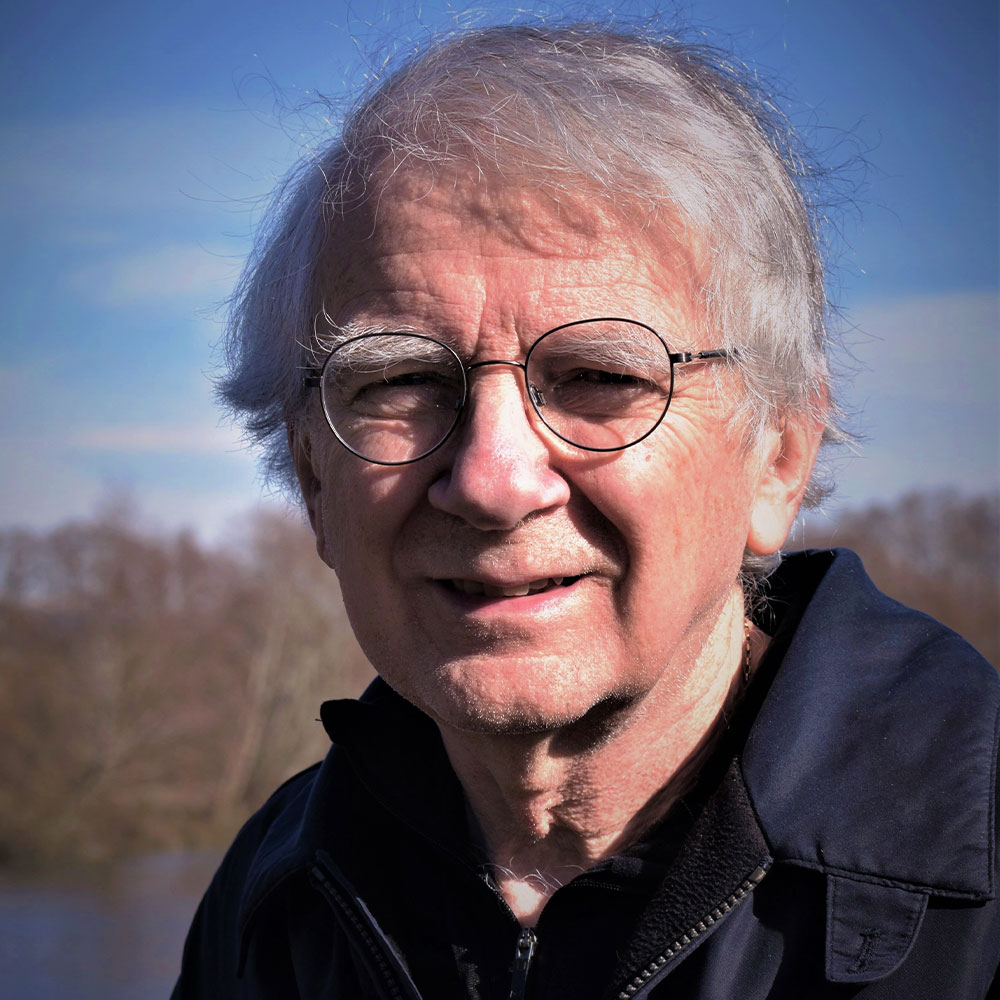
Richard E Brown, a native of New York State and has been active as a composer-arranger and music educator for many years. His training includes M.M. and D.M. degrees in composition from Florida State University, as well as a B.A. in music education from Central College, which named him a Distinguished Alumnus in 1983. His principal composition studies were with Carlisle Floyd, John Boda, and Charles Carter. He is a member of ASCAP and is represented in the catalogs of several trade publishers, as well as his personal imprint Dacker Music.

Mark G. Simon is an accomplished American composer and clarinetist. He holds a D.M.A. in composition from Cornell University, where he studied with Karel Husa, Steven Stuckey, and Robert Palmer. His compositions include orchestral, chamber, and vocal works, many featuring the clarinet. His musical Jennie’s Will was commissioned for the bicentennial of the Village of Dryden NY. The Carnival of the Subatomic Particles, a 13-movement exploration of particle physics for chamber ensemble and narrator set to a poem by Cornell physicist N. David Mermin, was commissioned and premiered by Music’s Recreation in Ithaca NY.
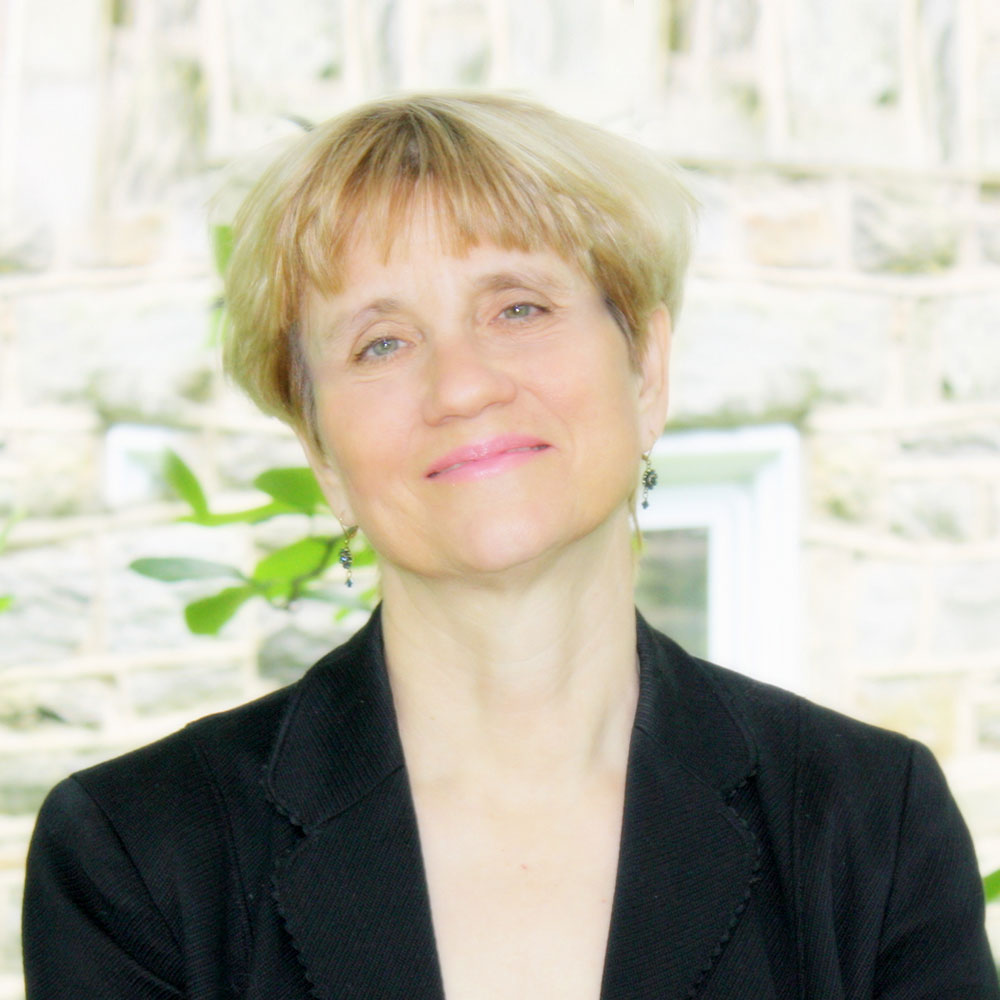
Heidi Jacob’s music has been described by BBC Magazine as “compositions …of complex mesmerizing beauty,” and by Gramophone Magazine as music with “…forthright expressiveness [that] exposes a multitude of stylistic associations.” Praise for her recent recording on Navona Records of Lilacs with the Kühn Choir of Prague include: “the music is simply breathtaking,” (Nicholas Wright) “…Jacob writes music of imagination and adventure…voices interweave hauntingly… ascending to towering heights,” (Textura), and “Heidi Jacob’s Lilacs opens with Kristýna Fílová’s soaring soprano… Amina Robinson’s narration amid the sublime choral harmonizing.” (Take Effect)
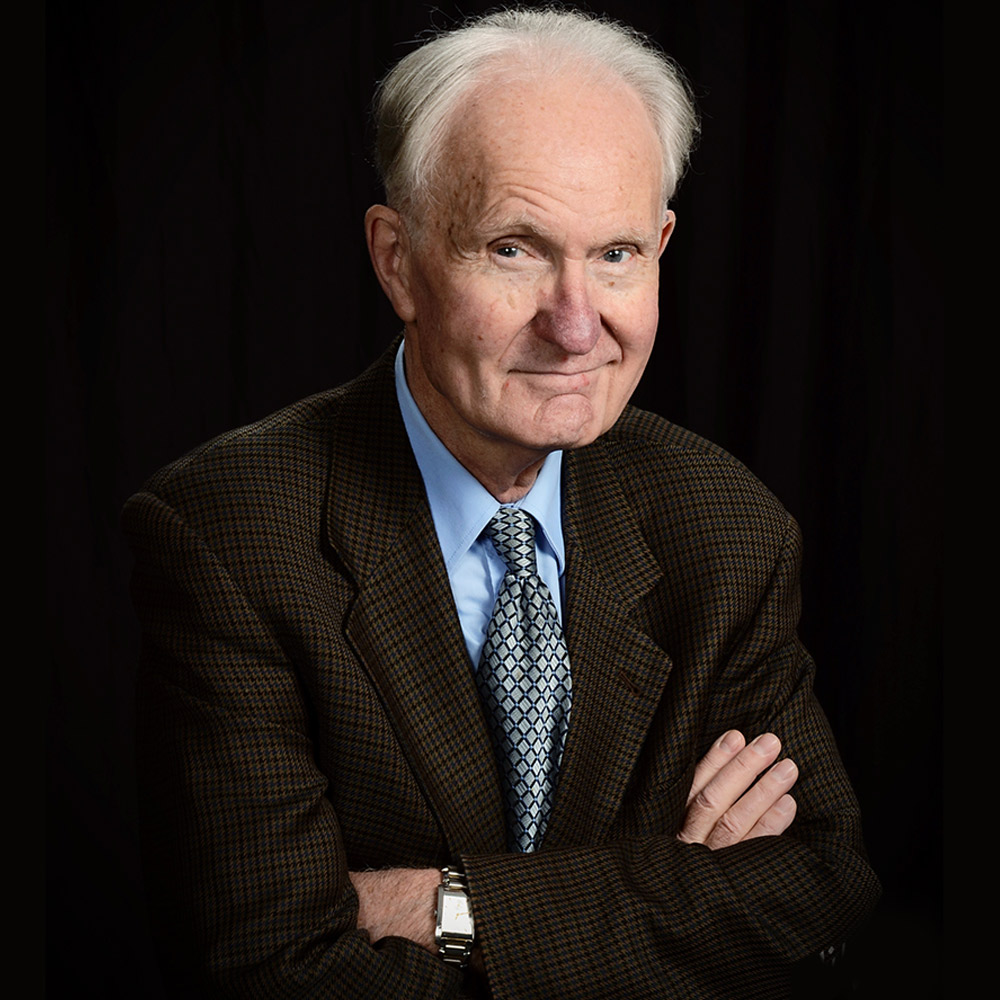
A native of New York City, Allen Brings received a Bachelor of Arts degree magna cum laude from Queens College and a Master of Arts degree from Columbia University, where he was a Mosenthal Fellow and a student of Otto Luening, and a doctorate in theory and composition from Boston University, where he was a teaching fellow and a student of Gardner Read.

